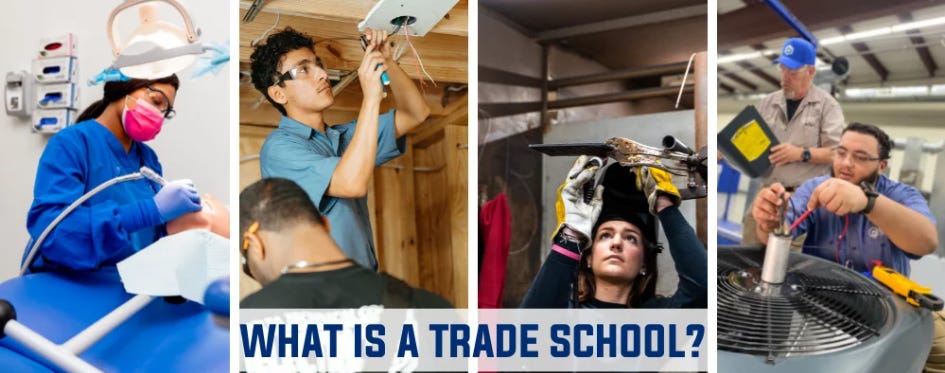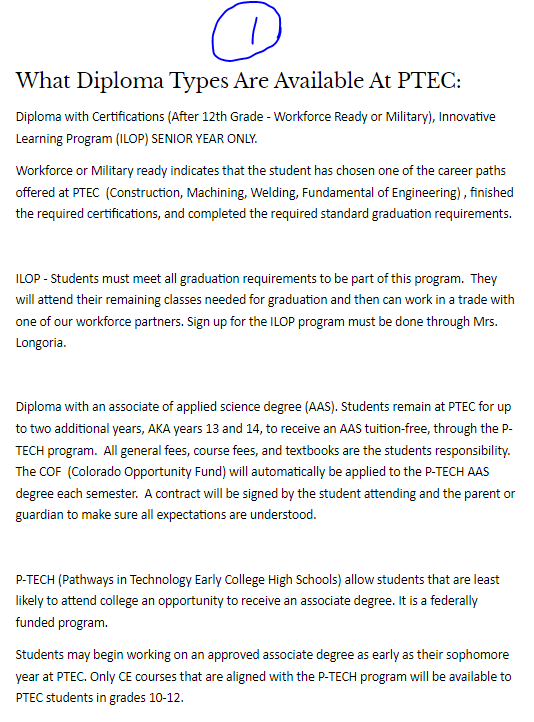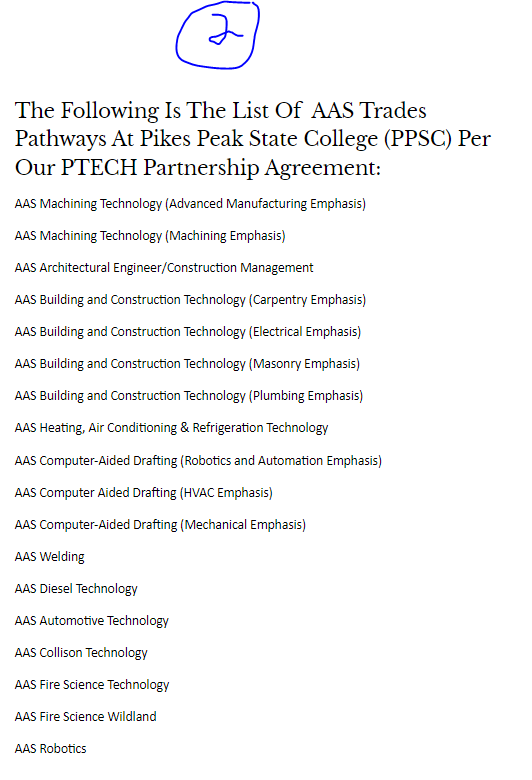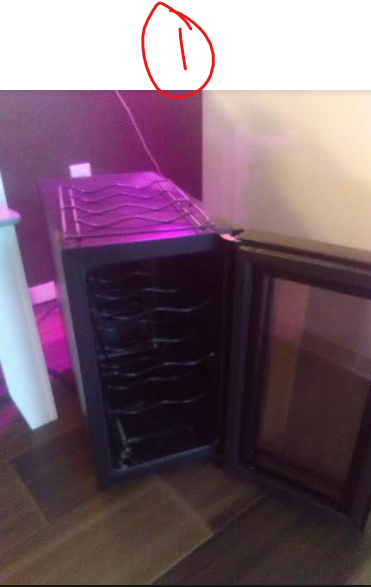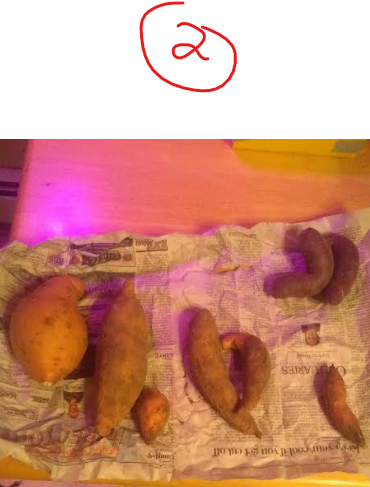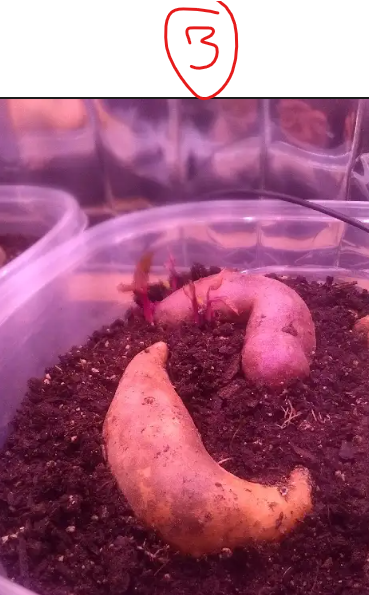An appellate ruling on CU Med's COVID vaccine policy. PTEC an interesting school model. A root cellar hack for small spaces or apartment dwellers.
An appeals court ruling which updates a lawsuit against the CU School of Medicine for their COVID policy.
Let me start with a quote from the decision because I like the wording. Quoting the 10th Circuit Court of Appeals ruling in the Fox 31 News story linked below:
"A government employer may not punish some employees, but not others, for the same activity, due only to differences in the employee’s religious beliefs."
Hear hear.
I remember writing about this case way back in 2021 and just recently saw the update article, so I thought I'd update you all.
I'll leave it to you to read up the details, but the summary is that CU's repeated conditions, policies, caveats, firings, unpaid leaves, and all the rest (i.e. upping the ante) were deemed to differentially harm some people who claimed they didn't want the vaccine due to their religious beliefs.
The policy that CU Medical had (the original one and a later, updated version) were both held to be in violation of the First Amendment since CU is a government school.
I'm glad. I think it's reasonable to put limits on where someone who won't take a vaccine should work, but to have some rules for one group and different rules for another that are based on religion or denomination is not fair.
It's too bad that it took 3 years and an appeals court to get to this point. I wouldn't have imagined that it would take a court battle to arrive at what seems to be a relatively straightforward case of a government institution discriminating between religions.
That's COVID for you. I think too many government officials lost their brains and their ability to read Constitutions.
For every pot a lid: another school profile.
I was talking with Ms. Benigno from the Independence Institute (she does their education work) recently and she told me about a school model that I really liked.
I thought I would share it with you as part of my continuing effort to put up examples of all the different ways we can educate our children, and also part of my continuing effort to push trades education.**
The school is PTEC (Power Technical) and is outside Colorado Springs. I put a link to the school's website first below. That page has a quick profile along with an interview with the school's founder and Jon Caldara.
The second link is to an Independence Institute profile of the school.
Both are worth a look, though the school's own site would likely be more up to date on specifics.
The thing that sparked my interest when discussing the school with Ms. Benigno was the school's early college aspect: the fact that you can attend the school and start earning some college credit. Unlike the other types of early college model schools I was already familiar with, the range of programs and trades makes the PTEC model unique are the kinds of programs and the ability to do trades.
To give you a sense, I pulled some screenshots from their site. Screenshot 1 shows the kinds of diplomas a student could get.
Screenshot 2 shows the trades Associates Degrees a student could get.
Pretty impressive and yet another example of what I've mentioned before: humans are different and thus we should have all different kinds of ways for them to learn. School choice, not the traditional, one size fits all public school model allows for this.
**If you look at the picture at the top of this post carefully you'll note why I chose this particular image. On the far left is an example of what I would call a medical trade. If you know a young (or not so young) person who knows college isn't a good fit but who doesn't want to work in what we usually think of as trades, mention that not all trades involve wires or turning wrenches. There are many opportunities such as Physical Therapy Assistant, Radiology Assistant, etc. Good salaries, good jobs, but not the years in college.
https://www.jamesirwin.org/schools/ptec/about/index
https://i2i.org/tag/technical-education/
Related:
Chalkbeat article linked below is a synopsis of education bills from the legislative session.
https://www.chalkbeat.org/colorado/2024/05/10/education-issues-and-bills-colorado-lawmakers-passed-in-2024/
A way to approximate a root cellar when you can't have a real one.
That time of the week again. Last post until Sunday and thus something for fun, not related to politics.
I've written a fair bit about growing sweet potatoes. From year one where I bought slips and got a poor yield (on a per pound basis those were damned expensive!), to last year where I figured out how to make my own slips from store-bought sweet potatoes, and now up to the point where I set aside some of my crop from last year to grow this year's crop.
That's right. I finally managed to make it work: I managed to be completely self-contained on growing sweet potatoes.
The last piece of the puzzle was figuring out how to store the cured sweet potatoes properly over winter so they would be able to make slips the following spring. I knew from research that this would necessitate a stable temp around 60 degrees and low to middling humidity. The problem I had was how to do that in my tiny house on its tiny lot.
I keep turning over the idea of digging/making a root cellar and perhaps at some point I will try. For right now, the closest approximation I could think of was my crawlspace.
The thing about the crawlspace is that, besides my reluctance to store food down there that might lure in critters, it's not too stable on temps. It doesn't swing as much as outdoors, but it does move up and down as you go deeper into winter and then spring.
Then an idea hit me. A wine fridge. Wine fridges don't go as low as regular fridges and they won't use up a lot of my house's precious 950 square feet. I looked online and got a used one. That's picture 1.
After curing the potatoes last fall, I wrapped them in newspaper and kept them in the fridge (at a consistent 60 degrees) over the winter. I did have to remember to open the door every day so the sweet potatoes could breath, but come spring, the potatoes were still looking good, ready to go.
If you look at picture 2, you'll see them right before I set them in dirt to start growing slips. The one on the lower, far-right had softened and molded a little (threw it out), but everybody else was still ready to go.
Matter of fact, had I wanted, I could have eaten them. They were perfectly fine. If you wonder at varieties, they are a mix of Georgia Jets (great producer in my home garden--highly recommended for up here in CO), white, and purple if you go left to right. I'm not too jazzed about the purple frankly. They make smaller sweet potatoes and those are more work to process.
Picture 3 shows a white sweet potato in the foreground with a purple starting to put out slips in the background. This would be about 10 or so days after picture 2 was taken. I don't know that I can adequately describe how proud and happy I was at this. A problem solved, one of my favorite things in life.
Since that point, the slips have gotten bigger, I potted them into dirt, and have started hardening them off, they'll have to be ready for full sun instead of grow lights.
In terms of growing, I am going to repeat what I did last year: I will plant them into towers (see picture 4 ). I have had great luck with sweet potatoes in towers and it's a really efficient way to grow them. If you're thinking of growing sweet potatoes, give it some thought.
By the soil temps (and the calendar) it's close to planting time. Barring some unusual weather (one consequence of towers is that they're faster to warm in spring but more susceptible to lower temps), I should have them in dirt by the end of the month or so. At that point, it's up to them to start making vines and big roots.
That's it for today! I hope your day goes well.
Back at it Sunday.




